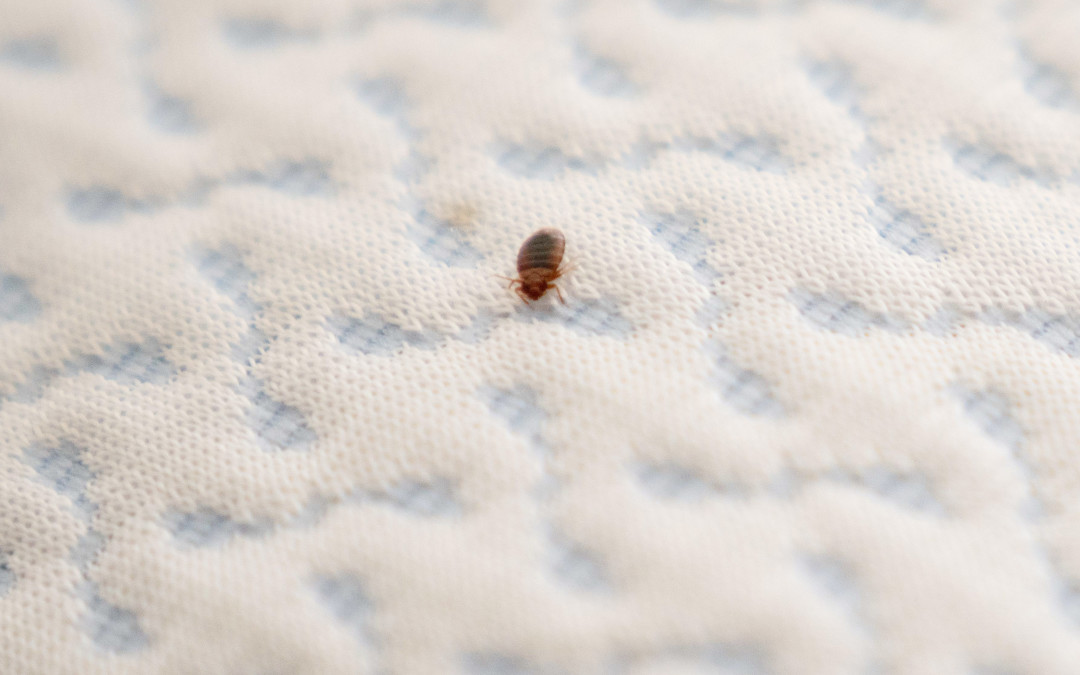Considering that bed bugs are one of the most commonly managed insect pests within homes and buildings throughout the United States today, it’s hard to believe that bed bug infestations were virtually unheard of in the country just two decades ago. A 2015 survey carried out by the National Pest Management Association asked pest control company owners all over the country about the frequency with which they treat structures for bed bed infestations. Unsurprisingly, all 236 respondents claimed to have recently addressed bed bug infestations, but the same survey carried out in 2000 found that only 10 percent of respondents had ever addressed a bed bug infestation.
Although bed bugs are commonly known to be insecticide-resistant and extremely difficult to eliminate from infested homes, the bloodsucking pests were nearly eradicated from the country during the mid 20th century. Their near extinction in the US was due to the blossoming pest control industry and the widespread use of DDT and other insecticides that are now banned. As a result of being repeatedly exposed to insecticides for decades, today’s bed bugs are largely resistant to insecticide formulations, and they possess a remarkable ability to rapidly evolve a resistance to every new insecticide formulation introduced to the market. This is just one of several reasons as to why pest control professionals no longer rely solely on insecticides to control insect pests, the others being ecological and public health concerns.
Pest control professionals now practice integrated pest management (IPM), which is a holistic approach to pest control that focuses on pest prevention. Professionals who practice IPM favor chemical-free high heat treatments to exterminate bed bugs, but insecticides often supplement high heat treatments within heavily infested homes. Bed bugs establish harborages within wall voids, between cushions, and in cracks and crevices that may provide them with insulation from high heat. Generally, high heat treatments last long enough to heat every possible bed bug harborage to temperatures that are fatal to the insects, but in order to be safe rather than sorry, it is common practice to apply conservative amounts of insecticide to cracks, crevices, wall voids and other potential bed bug hiding spots before treating infested homes with high heat.
Would you prefer a high heat treatment if your home became infested with bed bugs?

